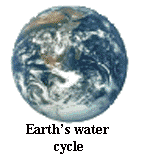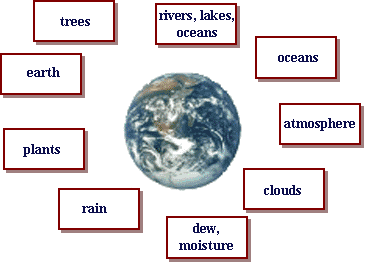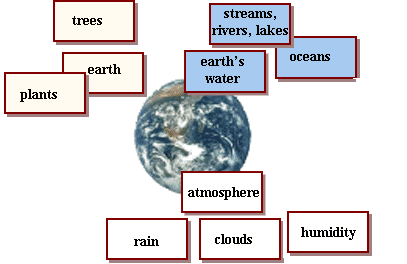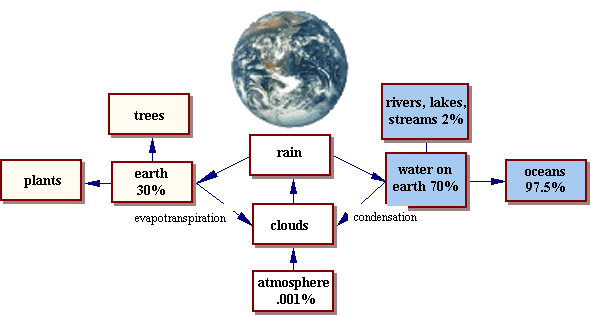Kiosk
I must Create a System, or be enslaved by another
Man's
William Blake
1757 - 1827 English poet/printmaker |
Directing your thinking series
Basics of mind/concept mapping
Many of us have learned to outline information in our studies, as:
- First item
- Second item
- sub item
- sub item
- sub sub item
- sub sub item
- Third item
Alternatives to outlining are mind- and concept-mapping.
How do I map?
First reject the idea of an outline,
or of paragraphs using sentences.
Think in terms of key words or symbols
that represent ideas and
words:
Other options for mind-mapping:
- a pencil (you'll be erasing!) and a blank (non-lined) big piece of paper
- a blackboard and (colored) chalk
- "post-it" notes

Write down the most important word or short phrase
or symbol for
the center.
Think about it; circle it.
Post other important concepts
and their words outside the circle

Edit this first phase
Think about the relation of
outside items to the center item
Erase, edit, and/or shorten words to key
ideas
Relocate important items closer to each other for better
organization
If possible, use color to organize information
Link
concepts with words to clarify their relationships
 Continue working outward
Continue working outward
Freely and quickly add
other key words and ideas (you can always erase!)
Think weird: combine concepts to expand your map or; break boundaries
Develop
in directions the topic takes you--not limited by how you are doing the map
As you expand your map, tend to become more specific or detailed
Set the map aside
Later, continue development and revision
Stop and think about relationships you are developing
Expand the map over
time (right up to an exam if necessary!)
This map is your personal learning document
It combines
what you knew with what you are learning
and what you may need to complete
your "picture"

Note the descriptive links for the arrows
for
"evapotranspiration" and "condensation"
 Website overview:
Kiosk guides for learning are a freely accessible educational environment that offers strategies to recognize and realize learning objectives. We accept individual differences without regard to ability and creed; sexual and affectional orientation; caste, tribal and national affiliation; individual, familial and collective history. Our suggestions should be thoughtfully considered for appropriateness and guidance to your situation, relying on elders, mentors, cohorts and/or professionals to achieve learning objectives and outcomes.
Website overview:
Kiosk guides for learning are a freely accessible educational environment that offers strategies to recognize and realize learning objectives. We accept individual differences without regard to ability and creed; sexual and affectional orientation; caste, tribal and national affiliation; individual, familial and collective history. Our suggestions should be thoughtfully considered for appropriateness and guidance to your situation, relying on elders, mentors, cohorts and/or professionals to achieve learning objectives and outcomes.